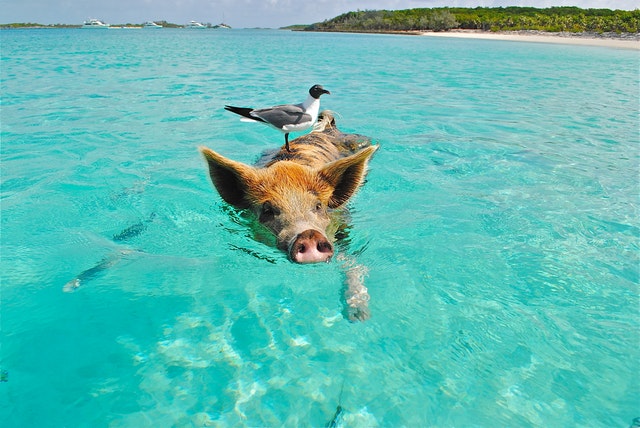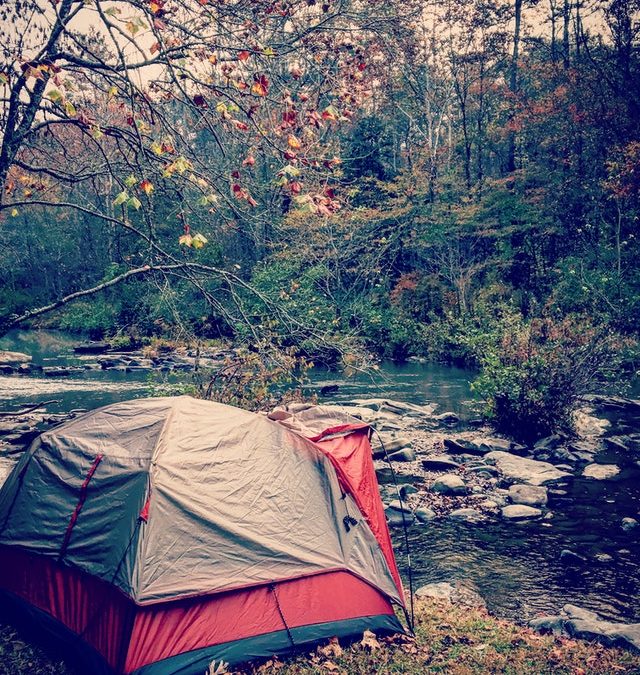Today’s Activities
Watch
Story: Peter Rabbit
Step 1:Choose an illustration from the story to display on the screen.
Step 2: Remind students about how authors use illustrations to help tell the story. Illustrations can also make us feel a certain way.
Step 3:Ask students to look at the illustration and think about what is happening at this part of the story. How does it make you feel?
Step 4: Allow time for students to share ideas and feelings. You might want to make a list of feelings on chart paper.
Step 5: Write the following sentence starters on paper. This illustration shows _______. It makes me feel _____ because ____________.
Peter Rabbit eats vegetables
The story mentions lettuce, french beans, radishes, parsley, cucumbers, cabbage, potatoes, and peas. We also need vegetables to stay strong and healthy!
Ask the people you live with and make phone calls (with the help of an adult) to ask friends and family what their favorite vegetable is.
Make a bar graph to graph the data you collect. You can use special colors and draw pictures of the veggies that you include on your graph.
VEGETABLE EGG CARTON
MATERIALS:
- Vegetable seeds
- Gardening soil
- Paper egg cartons
PROCEDURE:
Step 1: Remove the lids from the egg cartons.
Step 2: Fill each section about ¾ full of soil.
Step 3: Place the seeds in the soil and water the seeds.
Step 4: Place one egg carton in a location with plenty of natural light. Place the other carton in a location with little or no natural light.
Step 5: Have students discuss the locations and predict what might happen? Will the plants grow the same? Which one might grow better? Explain that a scientific prediction is called a hypothesis. Have students write their hypothesis on their observation sheets.
Step 6: Assign students to water the plants each day using the same amount of water. Once or twice a week allow students to observe the plants and record their observations. At the end of a few weeks, gather students together and discuss their observations.
Step 7: Students should come to the conclusion that plants need both water and sunlight to grow.
NEIGHBORHOOD SAFETY
OBJECTIVE:
Students develop decision-making skills utilizing the concept of personal safety in the neighborhood.
MATERIALS:
Paper with title: Grown Ups Who Keep Us Safe Poster with rules:
Stranger Danger!
Rules To Stay Safe:
- Do not talk to strangers
- Do not go anywhere with a stranger
- Do not take anything from a stranger
- Yell and run if a stranger bothers you
- Tell your parents or another safe grown-up.
Ask students who keep them safe during the day.
List names on chart paper – Grown-Ups Who Keep Us Safe.
Go over each name on the list and discuss how that person keeps them safe.
Tell students that today they will learn a few rules that will help keep them safe when a safe grown-up may not be around.
Move!
Interactive Peter Rabbit Dance
Did you do today’s activities?
Push the button below to let us know you’ve completed the activities below:
Teaching Tips
Accessibility Feature
Turning on transcripts for YouTube Videos [PDF]
Additional lessons are available for this grade level by pressing “More Lessons” above, or selecting a lesson below:

Swimming
Today's ActivitiesDo you enjoy swimming in a pool? Have you ever seen a cow in a swimming pool? This is a fun story about a very optimistic cow that wants to learn how to swim. Do you think he will be able to do it? Listen to this story, “Sink or Swim”. STEM stands...

Outdoor Safety
Today's Activities“Do your part, be water smart!” Watch these water safety videos and complete the activity sheets that follow.Before you head outside, watch this video that explains why we have to wear sunscreen and protective clothing. Build a swimming pool...look...

Going Camping!
Today's ActivitiesAs we get ready to venture outside, enjoy this adventure with Scaredy Squirrel as he goes camping. After you listen to Scaredy Squirrel, you can pick a worksheet and answer questions about Scaredy Squirrels camping adventure.While you are relaxing...
